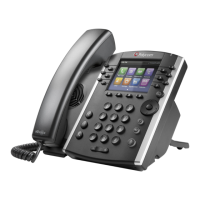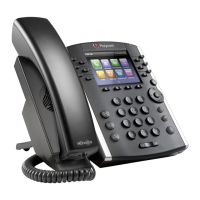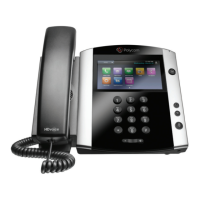11
Chapter 2: Using Basic Features
Now that you’re familiar with your phone’s user interface and how to interact with it, you’re ready
to perform baisc phone tasks that you’ll use on a daily basis. At the end of this chapter, you’ll
become expert at handling multiple calls at one time, manipulating incoming and active calls,
and accessing directories and lists so you can perform tasks quickly and efficiently.
In this chapter, you’ll learn about:
Calling, answering, holding, and ending calls
Ignoring, rejecting, forwarding, and transferring calls
Setting up conference calls
Enabling Do Not Disturb
Listening to voicemail
Handling Directories, Recent Calls, and Favorites
Customizing ringtones
Controlling phone volume
Setting up Do Not Disturb
Using headsets
Managing shared lines
How Your Phone Handles Calls
Your phone can handle multiple calls at a time. However, only one active call—the call that has
audio associated with it—can be in progress at any given time. In addition to the active call, your
phone may have multiple other calls that are either held, or in an incoming or ringing state.
You can place and answer calls in these ways:
Using the handset
Using the speakerphone
Using a headset
During a call, you can alternate between handset, headset, or speakerphone modes by picking
up the handset, or pressing or . For example, if you’re using the handset, you can switch
to headset mode by pressing , or switch to speakerphone mode by pressing .

